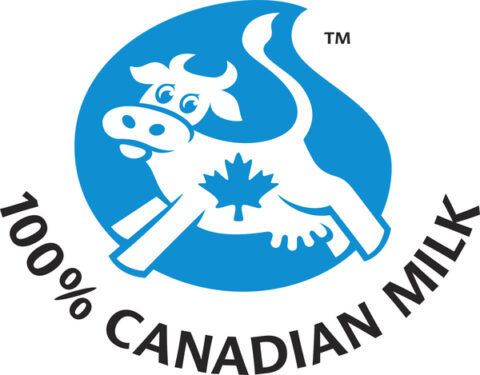Jon Miltimore reports on recent comments about some of the weird requirements for quota-holding dairy farmers under the Canadian Supply Management system:
Canadian dairy farmer is speaking out after being forced to dump thousands of liters of milk after exceeding the government’s production quota.
In a video shared on TikTok by Travis Huigen, Ontario dairy farmer Jerry Huigen says he’s heartbroken to dump 30,000 liters of milk amid surging dairy prices.
“Right now we are over our quotum, um, it’s regulated by the government and by the DFO (Dairy Farmers of Ontario)”, says Huigen, as he stands beside a machine spewing fresh milk into a drain. “Look at this milk running away. Cause it’s the end of the month. I dump thirty thousand liters of milk, and it breaks my heart.”
Huigen says people ask him why milk prices are so high.
“This here Canadian milk is seven dollars a liter. When I go for my haircut people say, ‘Wow, seven dollars Jerry, for a little bit of milk'”, he says, as he fills a glass of the milk being dumped and drinks. “I say well, you have to go higher up. Cause we have no say anymore, as a dairy farmer on our own farm. They make us dump it.”
[…]
In the United States, the primary regulations are high-level price-fixing, bans on selling unpasteurized milk (which means farmers have to dump their product if dairy processors don’t buy it), and “price gouging” laws that prevent retailers from increasing prices when demand is low, which incentivizes hoarding.
In Canada, the regulations are even worse.
While the price-fixing scheme for milk in the US is incredibly complicated and leaves much to be desired — there’s an old industry adage that says “only five people in the world know how milk is priced in the US and four of them are dead” — in Canada the price is determined by a single bureaucracy: the Canadian Dairy Commission.
The Ottawa-based commission (technically a “Government of Canada Crown Corporation”), which oversees Canada’s entire dairy system (known as Supply Management), raised prices three times in 2022, citing “the rising cost of production”.
Food price inflation remains a serious issue in Canada, but the problem is particularly acute in regards to dairy products, which has seen their annual inflation rate triple over the past year, to almost 12 percent.
If the farmers were doing this sort of price-fixing themselves, it would be illegal. Instead, because it’s the government doing it, it’s mandatory. You aren’t allowed to produce any of the supply-managed products outside the system, and the government helpfully protects Canadians from being “victimized” by cheaper imports by high tariffs on anything competing with supply managed output.
As with any rigged market, the costs of “protecting” the market are diffused among all Canadian consumers, but the benefits are concentrated in the hands of the quota-holders (and the bureaucrats who oversee the system). My issues with the supply management system are one of the “hobby horses” I’ve ridden many times over my nearly 20 years of blogging.







